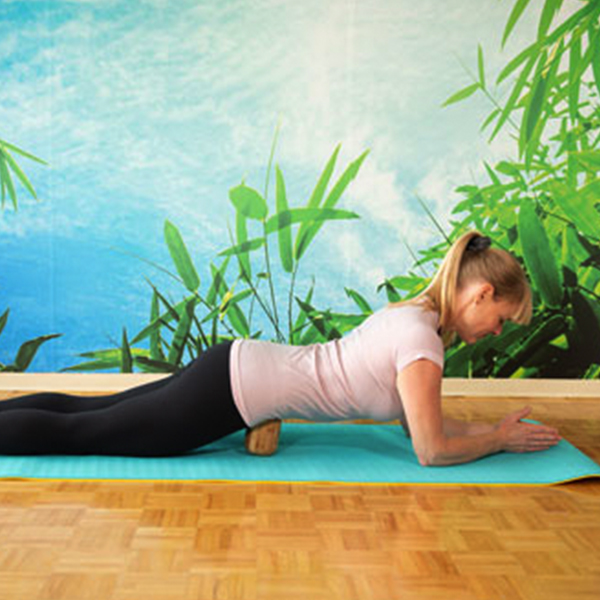Acute Injury

Injury is something we will all likely experience at one time or another. What is most important to understand when this occurs, is how to handle it to create the most efficient healing possible. As an Athletic Therapist, I was trained to handle injury in the first 48-72 hours with the RICE method – Rest, Ice, Compression, Elevation. This never made sense to me as I always felt that this went against the natural reaction that the body undergoes, which is to inflame when presented with stress or trauma.

Whenever I test a theory, I always use my own body as the experiment. I had many occasions to do the opposite of my training with my own body and always had a positive and efficient outcome. However, until I test this on others, it’s only speculation on my part.
I was given the opportunity years ago to test my theory on my mom. She had been golfing and sprained her ankle. She called me immediately and I had her come to my clinic so I could assess her situation and give her a treatment. This was a bad sprain. Already there was lots of inflammation, pain, and very limited ability to bear weight or move the ankle joint. My traditional training would have had me get an icepack and apply pressure with a tensor bandage as I elevated her foot. Instead, I did what I had done only to myself in the past to see what would happen.
I started by working on her thigh to make sure there was a good flow of blood to the area and proceeded to work down through her calf before getting to the site of pain. Along the way I made sure she was breathing from her belly to oxygenate the blood for optimal healing benefits. These are crucial for healing as the goal is to ensure the body can efficiently remove the damage from the site of injury to create the space for the blood to send whatever healing nutrients are required to rebuild the damaged tissue. It’s important to understand that the body knows what it needs, we just have to support the flow.
When I finally got to her ankle, I started with light pressure. As with blocking, I used her breath as the guide as to how much pressure could be applied. If she was breathing in a relaxed way, I knew she was pumping blood to the area of concern, when her breath became compromised from the pain, I decreased the pressure. In a short time, the pressure fibers kicked in and I was able to quickly add more pressure to the damaged area. Before long, I was able to manipulate her ankle and take her through ranges of motion with resistance. In no more than 15 minutes of ankle work we went from light touch to actively moving in significant ranges of motion.

Once done, I had her get up to see how it felt to walk. Of course, she was scared to put pressure on the foot. The key is to connect the breath with the movement so to feed the cells that are working and needing healing. I was holding her hands at the beginning, so she felt safe and supported, as well as guiding her how to use the exhalation to move the pain out of the body. It wasn’t long until she was able to walk slowly but with little pain. At that point she left, and I told her how to continue to work the ankle with exercises to increase range of motion that evening and that I would come back the next day to assess and continue the treatment.
When I got there the next morning, the first thing she shared was that there was a lot of pain that night. This is to be expected as the pain of the injury needs to leave the body, just as it entered the body. Because we allowed it to remain open to flow, this happened quickly. Had we iced and frozen the area, a very different scenario would have resulted. What was great, was that she shared that she felt 70% improved by the morning once she began walking on the ankle as instructed. By the next day, it was as though she never had an injury.
I share this as I have had so many experiences where this is the case. Whether a fracture in a bone or a tear in soft tissue, the healing mechanisms are the same. You want to support the body’s natural healing process, not impede it with the RICE method. Adding energy is the key, not freezing the area in the state of injury which is what happens with traditional treatments.

"
Whether a fracture in a bone or a tear in soft tissue, the healing mechanisms are the same. You want to support the body’s natural healing process, not impede it with the RICE method. Adding energy is the key, not freezing the area in the state of injury which is what happens with traditional treatments.
Deanna Hansen - Founder
I have a couple of amazing examples of fracture healing that you can see here. Most importantly you must become a conscious breather. This is what will turn your body into an efficient healing machine.
No matter what you are dealing with, your body has the capacity to heal on a level that is beyond what you currently can imagine. Connect to your breath, learn to decompress your fascia and see the changes in the quality of your life!
Breathe & Believe
Follow us on our social channels below to learn more about Block Therapy and see some amazing transformations!





Responses